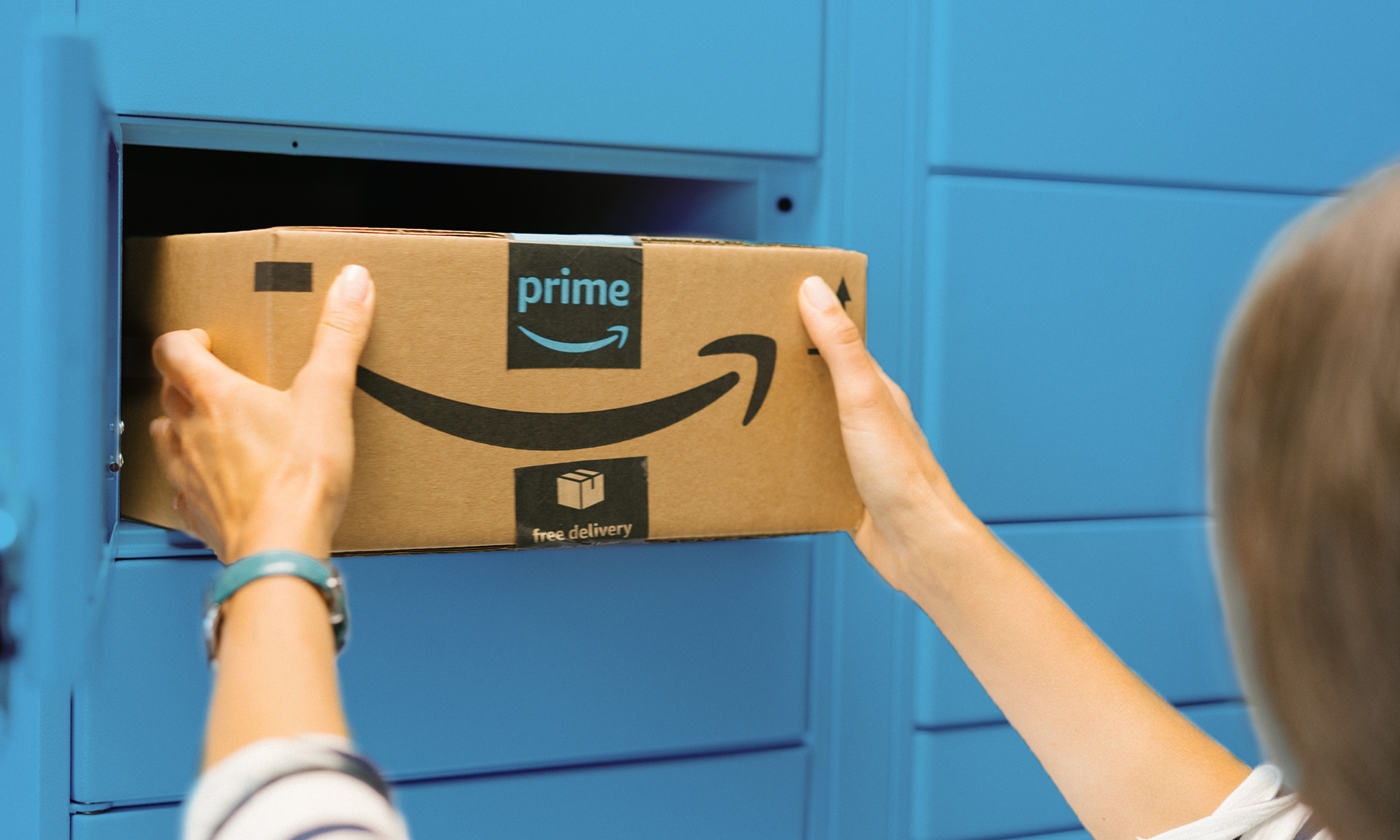Under Warren Buffett, Berkshire Hathaway has evolved from a small textile mill into a trillion-dollar company with a diverse group of subsidiaries. Berkshire stock has returned 20% annually since Buffett took control in 1965, earning him a reputation as one of Wall Street's most accomplished investors.
Billionaire Bill Ackman hopes to achieve similar success with Howard Hughes Holdings. He plans to turn the company into a "modern-day Berkshire Hathaway" by buying controlling interests in quality businesses. His hedge fund, Pershing Square Capital Management, owns a 46.9% stake in the company.
Importantly, Ackman ranks among the top 20 hedge fund managers as measured by net gains, and Pershing Square outperformed the S&P 500 (^GSPC +0.01%) by 28 percentage points in the past five years. That makes Ackman a good source of inspiration. And he recently bought shares of Amazon (AMZN +1.98%) and Uber Technologies (UBER +1.62%), stocks up 160% and 270%, respectively, since January 2023.
Here's what investors should know.

Image source: Getty Images.
1. Amazon
Bill Ackman started buying shares of Amazon in the second quarter. Pershing Square CIO Ryan Israel said, "We felt that the company would be able to work through any slowdown in the cloud computing division Amazon Web Services (AWS) and we did not judge that tariffs would have a material impact on the earnings in the retail business."
Wall Street estimates Amazon's earnings will increase at 10% annually through 2026. That makes the current valuation of 36 times earnings look too expensive, but I think analysts are overly pessimistic. Amazon is a leader in e-commerce and cloud computing, and the company has quickly taken market share in digital advertising, such that it ranks as the third largest ad tech company.
Grand View Research expects all three markets to grow quickly through the end of the decade, as detailed below:
- Retail e-commerce sales are projected to grow at 11.6% annually through 2030.
- Ad tech spending is projected to grow at 14.4% annually through 2030.
- Cloud computing revenue is projected to grow at 20.4% annually through 2030.
So, Amazon has a good shot at double-digit annual revenue growth through 2030, but earnings could grow more quickly as the company realizes efficiencies through artificial intelligence (AI). The company has built more than 1,000 generative AI applications with that goal in mind, including tools that optimize inventory allocation, last-mile delivery routes, and developer productivity.
Also, Amazon recently introduced a generative AI model called DeepFleet that will make its warehouse robots smarter and more efficient by coordinating movements across its vast fulfillment network. Management says the DeepFleet platform will reduce travel time for its robots by 10%, letting the company "deliver packages to consumers faster and at lower costs."
Morgan Stanley analyst Brian Nowak has often called Amazon the most underappreciated generative AI winner in the technology sector. He also sees it as "one of the companies best positioned to deliver material financial return from physical AI and robotics" in the next few years. Shipping and fulfillment costs currently consume over one-third of retail revenue, but AI and robotics can reduce expenses and boost margins.
Here's the big picture: I think Amazon's earnings could increase at 15%+ annually through the end of the decade. That makes the current valuation more sensible. Patient investors should consider buying a small position today.

NYSE: UBER
Key Data Points
2. Uber Technologies
Bill Ackman started buying Uber when it traded for less than $70 per share in early January, and it was his hedge fund's largest holding (at 19% of the portfolio) by March 31. "We believe Uber is one of the best managed and highest quality businesses in the world," Ackman wrote on social media. The stock has appreciated significantly since then, but it still looks like a smart investment.
Uber has the distinct advantage of offering ride-sharing and food-delivery services through a single mobile app, and the company has a strong presence in both markets. In fact, Uber operates the largest ride-sharing platform worldwide and the largest food-delivery platform in eight of the 10 largest markets. Straits Research estimates ride-sharing revenue will grow at 21% annually to approach $920 billion by 2033.
Uber is especially well positioned to capitalize on that opportunity due to ties with several autonomous vehicle (AV) companies. Listed below are some important partnerships:
- Alphabet's Waymo offers robotaxi rides through Uber in Phoenix, Austin, and Atlanta. Also, autonomous food delivery is available through Uber Eats in Phoenix.
- May Mobility will offer robotaxi rides through Uber in Arlington, Texas, by the end of 2025. The companies will take their partnership to additional U.S. markets in 2026.
- Pony AI will offer robotaxi rides through Uber in a "key market in the Middle East" this year, with a goal of scaling to additional international markets in the future.
- Volkswagen will offer robotaxi rides through Uber in Los Angeles. Testing is scheduled to start later this year, and the commercial launch will follow in 2026.
- WeRide offers robotaxi rides through Uber in Abu Dhabi, with Dubai to follow later this year. The companies will expand the partnership to 15 additional cities in the next five years.
CEO Dara Khosrowshahi says Uber is uniquely positioned to benefit from robotaxis given its unparalleled scale. "Uber can deliver the lowest operational costs for our AV partners because we are leaps and bounds ahead on every aspect of go-to-market capabilities," he told analysts earlier this year.
Wall Street estimates Uber's earnings will increase at 26% annually in the next three to five years, which seems reasonable given the forecasted growth rate of the ride-sharing market. That makes the current valuation of 16 times earnings look quite reasonable. Uber may not be as cheap as it was when Ackman started buying, but patient investors should still feel comfortable purchasing a position today.
















